As ongoing conversation centers around the importance of keeping young athletes safe, we want to make sure you and your student athlete are equipped as we get into the warm summer months.
Heat illness happens when the body’s core temperature rises faster than the body can cool itself down and presents in a spectrum of disease and symptoms. Being aware of how heat illness, which can be fatal in some cases, may present is the key to providing treatment as soon as possible.
The list of symptoms to be on the lookout for is large, and not all-inclusive. Cramping, lightheadedness, dizziness, headaches, stomach upset and excessive amounts of sweating may happen early. If the core body temperature continues to increase, these symptoms can ultimately worsen, leading to passing out, severe confusion, seizures, severe blood pressure changes and multi-organ failure.
Dr. Keyur Desai, a primary care sports medicine physician at Children’s National Hospital, provides tips to keep your children playing this summer.
Know the medical team and protocols
Many high schools and youth sports leagues in the DMV region have athletic trainers. These are licensed medical professionals with expertise to manage injuries and support athletic safety. Athletic trainers and the athletic staff play an important role in creating safety protocols. These “Emergency Action Plans,” as they are called, spell out what should happen in the case of severe medical situations. As the needs, resources and staff at each school and league are different, the athletic trainer will be the expert on what the response should be.
If there is not an athletic trainer, there are several things parents can do to ensure athletes are safe. First, check in with the coach or captain and make sure there is a plan for the hot weather. Second, look at the heat index and compare it to a heat index chart. If the heat index chart indicates an increased risk of exercise-related heat illness, do not practice. Finally, be well prepared and dress appropriately for the anticipated weather and activity level
Know when to rest
Outdoor practices and physical exertion during the summer months should happen during off-peak hours, when the sun is not as intense or at its highest point in the sky. Student athletes should be aware of the symptoms of heat illness and how to address them. If athletes experience symptoms or feel abnormal, they should immediately stop, drink water, find a shaded place to rest and not resume exercise for the rest of the day. If symptoms are heat-related, getting out of the sun and cooling off will help with recovery, and, may prevent more serious complications from developing. If symptoms appear more severe, notify the medical personnel on site and/or call 911.
Get in shape before training
Before getting on the field, there are precautions athletes can take to help reduce their risk of heat-related illness. Rather than jumping head-first into high-intensity trainings, allow the body to adapt to the heat and outdoor conditions. Athletes should begin with light activity and gradually increase the intensity and time they spend exercising in warm conditions.
Hydrate, hydrate, hydrate
Water is a key factor to help control body temperature. When the body starts to lose too much water, it cannot perform at its full capacity. The recommendation is to drink small amounts of water regularly, rather than large volumes less frequently. Athletes can benefit from drinks that contain electrolytes, in addition to their water to stay hydrated.
Ultimately, it takes a supportive and aware team to ensure student athletes are prepared for the season ahead. As with many sports-related injuries, heat illness can be more likely in athletes who have existing medical conditions, especially if those conditions are not well-managed. This means keeping up with yearly physicals, following up with specialists, and taking medications as instructed.
This blog post originally appeared in Northern Virginia Magazine online.
 https://riseandshine.childrensnational.org/wp-content/uploads/2025/10/boy-with-mouthguard-feature.jpg
300
400
Danielle Robbins
https://riseandshine.childrensnational.org/wp-content/uploads/2017/11/childrens_riseandshine_logo.jpg
Danielle Robbins2025-10-15 14:56:352025-10-15 14:56:35What to do if your child knocks out a tooth: Emergency dental guide for parents
https://riseandshine.childrensnational.org/wp-content/uploads/2025/10/boy-with-mouthguard-feature.jpg
300
400
Danielle Robbins
https://riseandshine.childrensnational.org/wp-content/uploads/2017/11/childrens_riseandshine_logo.jpg
Danielle Robbins2025-10-15 14:56:352025-10-15 14:56:35What to do if your child knocks out a tooth: Emergency dental guide for parents




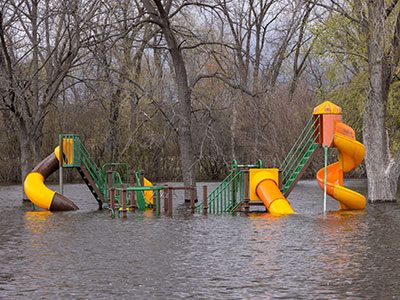

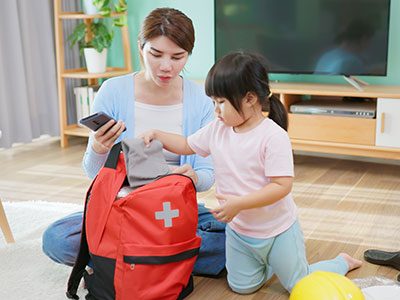


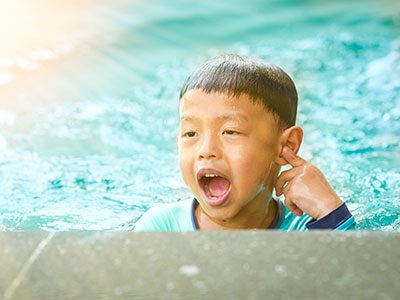
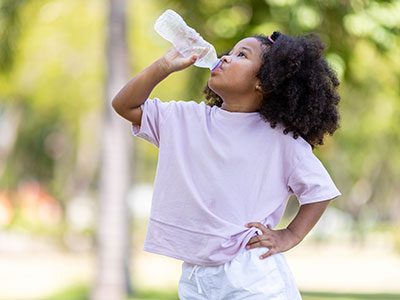


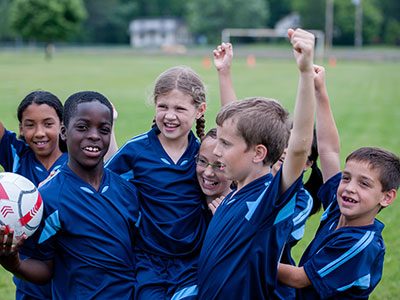

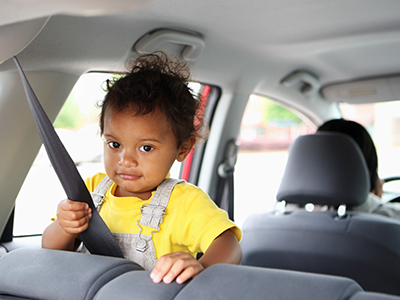
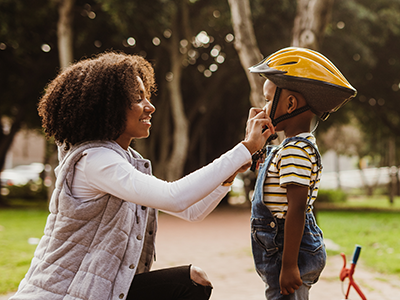
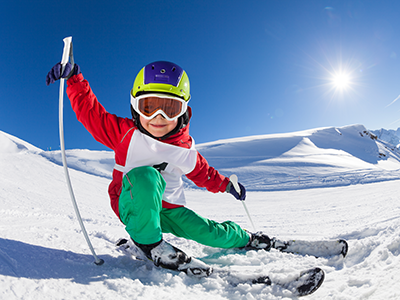


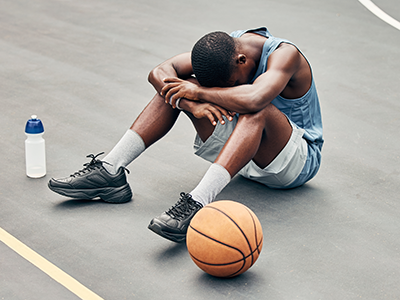
Leave a Comment
Want to join the discussion?Feel free to contribute!